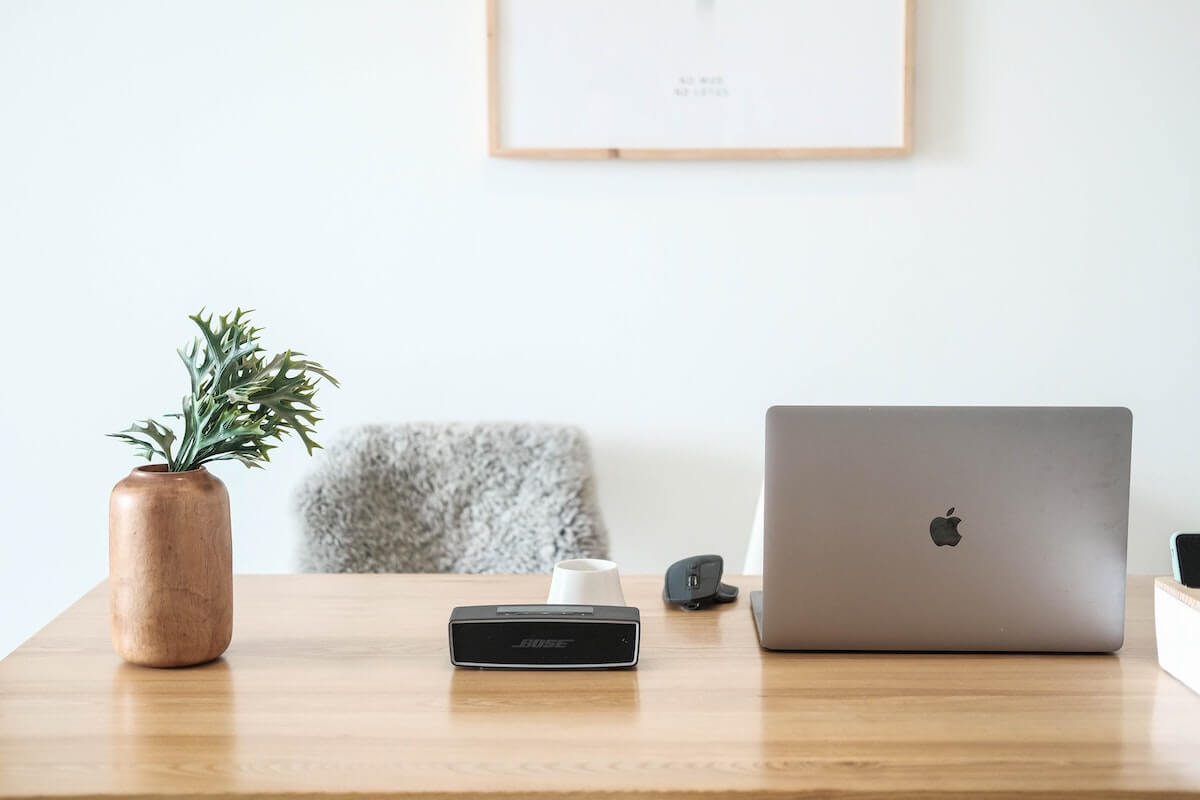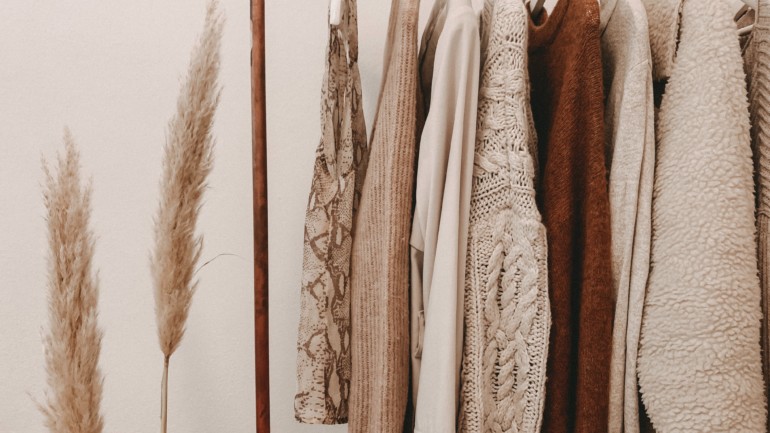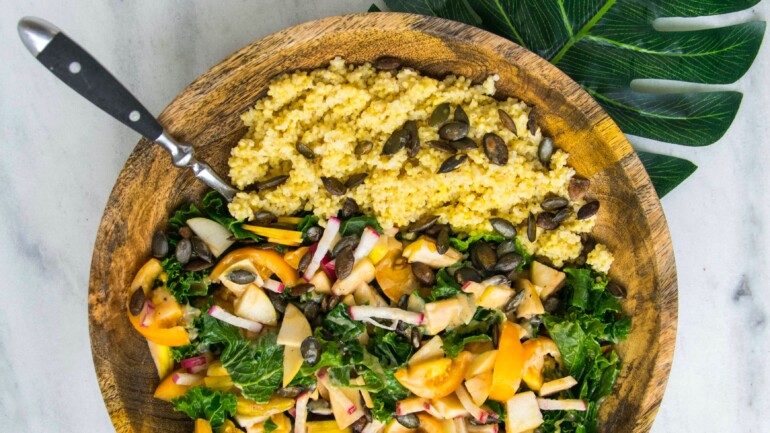Habit. Routine. Two words that lots of us use interchangeably.
“It gets the point across” you think; you’re talking about good things you do for yourself on autopilot. That’s not entirely true. They’re quite different, and understanding that difference could mean you learn how to live your dream life without even thinking about it.
Let’s look at them individually.
The Dictionary defines a habit as “an acquired behavior pattern regularly followed until it has become almost involuntary”.
This could be good: Making your bed in the morning or giving your partner a good morning kiss
They can also be bad: Checking your phone first thing in the morning or smoking
A routine, however, is defined as “a customary or regular course of procedure.”
Some would say it’s a collection of habits, played out in the same pattern.
We would argue that routines don’t have to involve habits.
If you’ve set a goal to live a healthier life, you set up a routine. This could be something like wake up, brush your teeth, get dressed, workout for 45 mins, stretch for 15, shower, get dressed and head to work.
Going to the gym isn’t yet habitual, but you consciously do it everyday regardless. Intentional or automatic, if you do it everyday it’s still a routine.
Ness Labs brilliantly explores this theory. They describe it as the ‘Shades of Consciousness’.
“The main difference between habits and routines is how aware and intentional you are.”
“A habit usually manifests itself as an automatic urge to do something, often triggered by a particular cue.”
“Routines require deliberate practice. Making your bed in the morning, going to the gym, going for a hike every Sunday, meditating are all routines that require you to keep on consciously practicing them or they eventually die out.”
Habits are automatic and routines are intentionally repetitive.
Habits are unconscious, routines are conscious.
This sparked my interest.
There’s an abundance of tasks we should be doing daily to be healthy and happy. We all know them but they’re hard to stay on top of. Especially when there’s Sex and the City that you need to re-watch for the 4th time, or Reels to mindlessly scross through. If there’s an opportunity to make those things unconsciously habitual – why aren’t we all doing that?!
Introducing the habit loop.
To understand the habit loop, we first need to understand why things become habitual.
It all comes down to pleasure. Things become habitual when we have that sweet payoff that makes our brains light up with joy juice.
If you’re a smoker, the payoff is feeling the nicotine addiction ease and your muscles relax. If you’re a runner, the payoff is that stress-free feeling post run, where you feel like you’re walking on a cloud.
Generally routines aren’t thought of as ‘fun’ or ‘pleasurable’ but they make our lives better.
The habit loop aims to turn routines into habits.
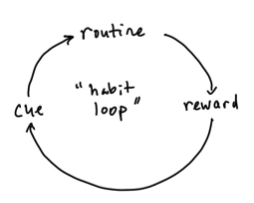
A cue refers to a trigger that tells your brain it’s time to do the thing. Routine is the task you want to form into a habit, and reward refers to the payoff feeling.
If you know you need to go to the gym every Wednesday at 8am but don’t get any pleasure out of being there – create your own payoff.
Tell yourself that if you go to the gym and spend a minimum of 30 minutes on the treadmill, you can start work late and watch an episode of Real Housewives when you get home.
The goal is to tell your brain ‘see look! We feel happy when we complete this task’. Our brain really just wants you to be safe and happy, so if you do this enough, spending 30 minutes on the treadmill will be habitual in no time.
Once you’re that far, start stacking! Want to start lifting weights? Use the treadmill as your que, and repeat the process.
So, what have we learnt?
Habits are actions that happen unconsciously. Routines are a pattern of tasks that you consciously do repetitively. They are not the same thing.
To make routine habits, you need to tell your brain you’re enjoying the task. Give it some serotonin until it starts to become habitual, then stack your habits from there.
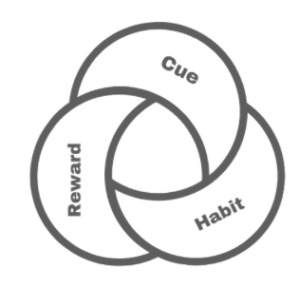
We all want to be safe, healthy and happy. Sometimes, that’s exhausting. Hopefully understanding the difference between routine and habits, and how to form habits can make living that ideal life a little easier.
Go smash it!
